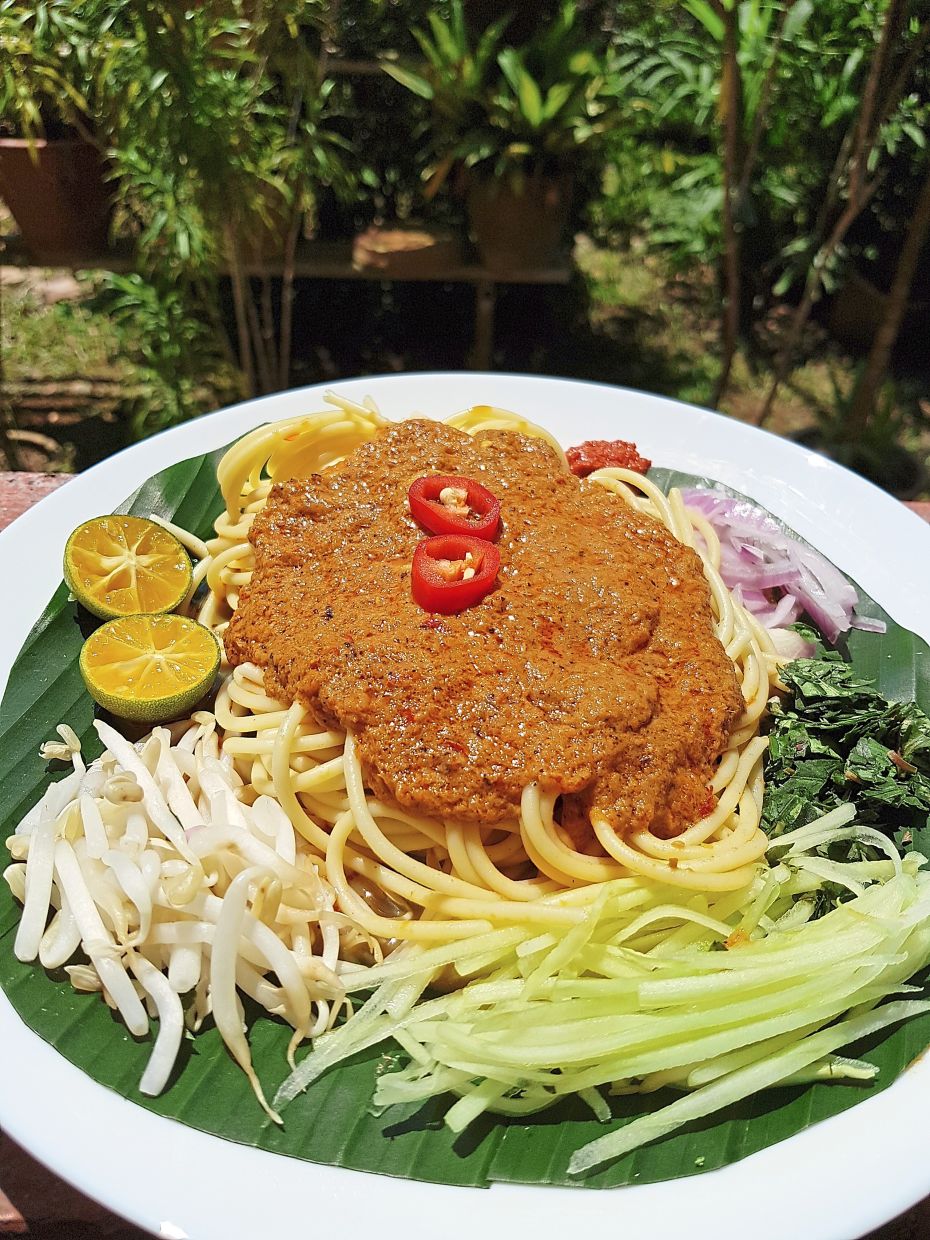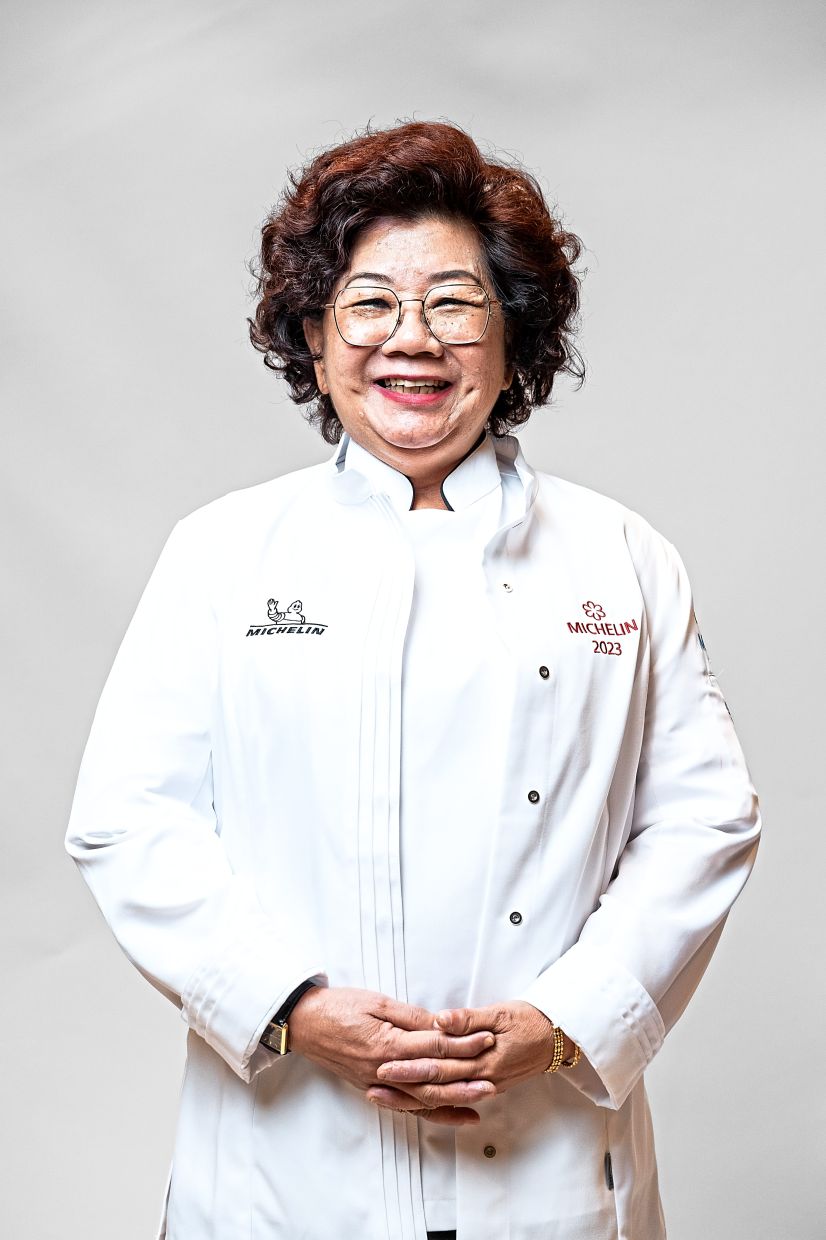Now that the dust has settled, what does the future hold for the Michelin Guide in Malaysia? – Photo: Beta KL
Late last year, the Michelin Guide announced that it would be debuting in Malaysia, covering the cities of Kuala Lumpur and Penang. In December 2022, the guide’s inaugural selection of restaurants was revealed, with four restaurants in KL and Penang earning one Michelin star each.
Furthermore, a total of 32 establishments were awarded the Bib Gourmand, which denotes restaurants that offer value-for-money meals. Another 61 restaurants were given Michelin Selected titles, which means Michelin inspectors have reviewed these restaurants and feel that they deserve some form of recognition and commendation but no stars – yet.
Still, response to the Michelin Guide’s 2023 selection has been mixed, to say the least. The Malaysian culinary tapestry is so vast and diverse that it is hard to fathom how anonymous inspectors could have any understanding of what constitutes the best version of any particular dish – especially since there is no indication of whether any of the inspectors are themselves Malaysian or have specialised knowledge of Malaysian gastronomy.
The barrage of online commentary immediately after the list was revealed seemed to indicate that sentiments on the ground were not entirely positive.
“What kind of list is this?” said one netizen while another, posting on The Star Online Facebook page simply said, “I don’t think we need the Michelin Guide to tell us the best places to eat.”
Chryseis Tan, the co-founder of CF Capital, who was instrumental in bringing the Michelin Guide to Malaysia said on her Instagram page, “We have received mixed feedback since the Michelin Guide Kuala Lumpur & Penang 2023 was announced – most of which have been scrutinising and questioning the fair depiction of our country’s culinary scene.”
Additionally, the chaotic, haphazard nature of the placements and selections lent itself to much confusion.
In the Michelin Selected list for instance, trendy modern Malaysian restaurant Eat and Cook – which has been heralded by Asia’s 50 Best Restaurants as the region’s hottest restaurant – has been plonked alongside Sri Nirwana Maju – a banana leaf rice restaurant.
While both have strengths in their own right, positioning two entirely alien restaurants in the same list is befuddling and highly confusing. It’s literally like comparing apples and oranges!
Even the types of cuisine under which restaurants are listed are slightly strange.
Eateries like Elegant Inn are labelled as Cantonese cuisine (a sub-group under the umbrella of Chinese cuisine), while restaurants like Qureshi and Kayra are simply labelled Indian cuisine.
The Bib Gourmand awardee Bridge Street Prawn Noodle meanwhile is placed under a category called ‘noodles’.
The why and how
According to Gwendal Poullennec, the international director of the Michelin Guide, there is a method to all this seeming arbitrariness.
Poullennec is a former Michelin inspector who has worked at the Michelin Guide for over 20 years and now supervises and validates all the decisions made by the international line-up of Michelin inspectors in over 37 countries.
“I joined the Michelin Guide in 2003, my training was in Burgundy, France where I learnt and worked closely with inspectors. I have also been involved in leading projects and working for the international departments.
“I have had many roles but I was appointed the international director of the Michelin Guide in 2018 so today I’m not acting as an inspector. My responsibility now is quite different, I am in charge of the ultimate validation given to restaurants.
"But most of the time, it is made by the worldwide inspectors, who review over 3,000 restaurants so it’s all about teamwork. But I can challenge a decision based on different feedback from all the inspectors,” he says.
Although the final decision is typically made by the inspectors, if there is no consensus or agreement on any particular restaurant, it is Poullennec’s job to then step in and say “Let’s wait and send new people to inspect that restaurant”.
If he knows a restaurant personally, he will join in the decision process but ultimately his job is to overlook the entire selection process.
When the Michelin Guide was first launched in the early 20th century, its birthplace was in France. When it evolved, it continued to have more European leanings – sprouting throughout the continent in countries like Spain and Italy, before branching out to the United States and Asian countries like Japan, Singapore and Thailand.
To satisfy all the different cultural and culinary leanings of each destination that the Michelin Guide is at, Poullennec says that Michelin inspectors are in fact trained in the culinary pedagogy that is unique to each location.
“Everywhere we expanded, we have found new profiles and new experiences and today what is interesting and challenging is that there are more and more cooking styles, so you need to hire and train people with the relevant skills and you need also to ensure that for a destination, you have all the expertise to be able to fairly assess the quality of the cooking style.
“Here in Malaysia in the two cities – Kuala Lumpur and Penang, we have more than 20 different cooking styles so we need to be able to recognise all that – the local culinary style as well as the international flavours,” he says.
While this may be difficult to master with so many variations of local dishes like laksa, experience is often the best teacher, so we can only hope that the inspectors’ selection base will become more informed in time.
Categories and lists
When the list was revealed, there was also some confusion about what Michelin Selected actually means. Poullennec says that while many, many restaurants are reviewed – even in France – very few end up getting stars. But there are also restaurants that deserve to be recognised in some way and this is how they are recognised.
“It’s a really good recognition to be Michelin Selected – it means this is a really good restaurant,” he says.
As for the cuisine style categories (noodles, Cantonese, Indian, etc) Poullennec says this is really dependent on how wide or narrow the guide wants to be when defining a cuisine that best depicts each restaurant.
“For us, cooking style would be the main food category and influences, then there could be different ways to do it, because you can do categories and sub-categories. Like there is Spanish cuisine and there is tapas, which is a style of doing Spanish food, so it’s a matter of how far you are willing to go to establish categories.
“So for Malaysia, the categories are the way we look at it from a gourmet perspective – we identify what defines the style of the restaurants and based on that, we establish categories,” he says.
One of the key determining factors that precipitates the Michelin Guide’s arrival is whether a market is mature enough for the guide to debut. The guide only arrives at a new destination if the market is deemed mature.
So the question remains, if the market is mature, why aren’t there more Malaysian restaurants worthy of Michelin stars?
As it stands, only four are in this elusive category – Dewakan and DC by Darren Chin in Kuala Lumpur and Au Jardin and Auntie Gaik Lean’s Old School Eatery in Penang.
“Before entering a new destination, of course we will monitor what the current situation is, what the local flavours and dynamics are and the first selection that we will be able to publish. And it is important for us to be able to release a first selection that is quite comprehensive, including star restaurants, because that sets a clear benchmark.
“So here we have a very good first selection – there are almost 100 restaurants, and 32 restaurants that have been awarded the Bib Gourmand so that is an asset to Malaysia because it is very good food and very affordable, so that is the uniqueness and key factor of attraction of the destination,” he says.
As to whether there will be more Michelin-starred eateries in Kuala Lumpur and Penang in forthcoming editions of the Michelin Guide, Poullennec says the prognosis is positive.
“This is already a great beginning, there are now more starred restaurants in Malaysia than in Abu Dhabi (which has three starred restaurants).
"That means there are restaurants here worth international recognition. But again, it is just the beginning – there is no doubt that there is potential for more in years to come,” he concludes.











